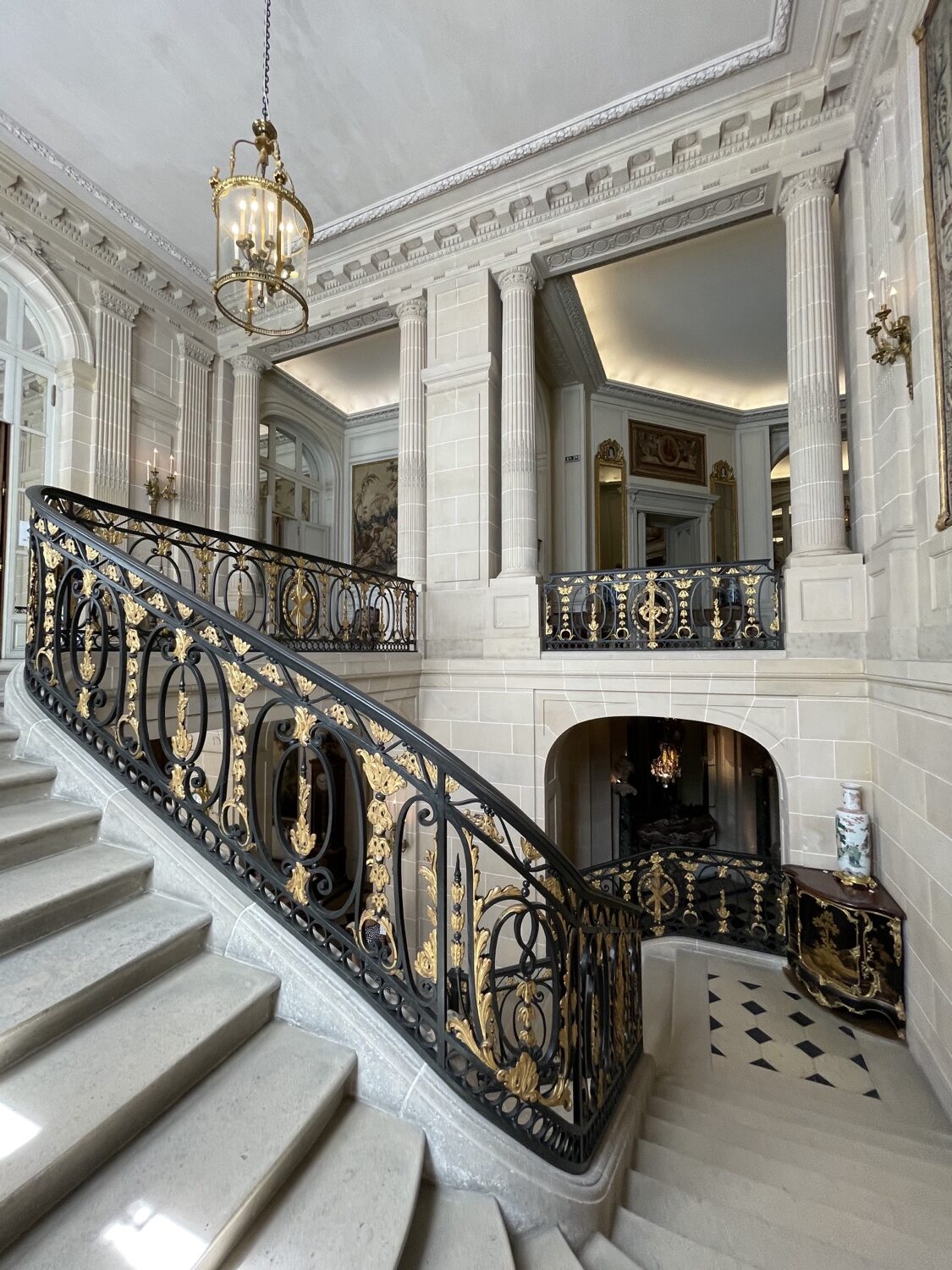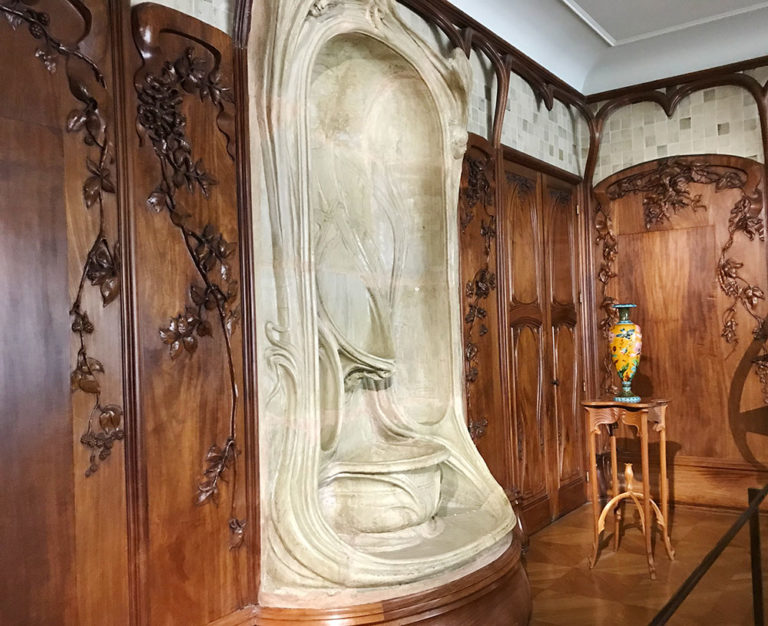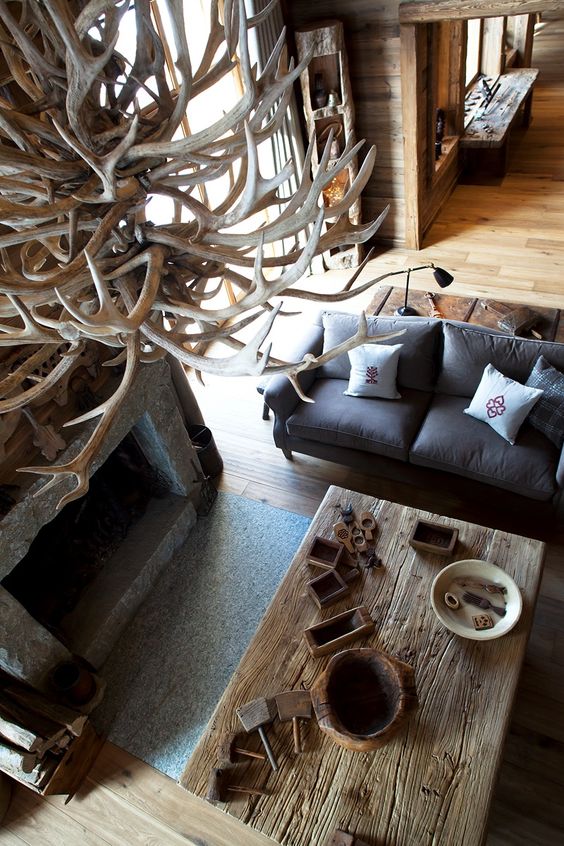Beautiful Interiors in Paris: Museum Nissim De Camondo
If you are a fan of beautiful historic interiors you will certainly enjoy a visit to Museum Nissim de Camondo in Paris.
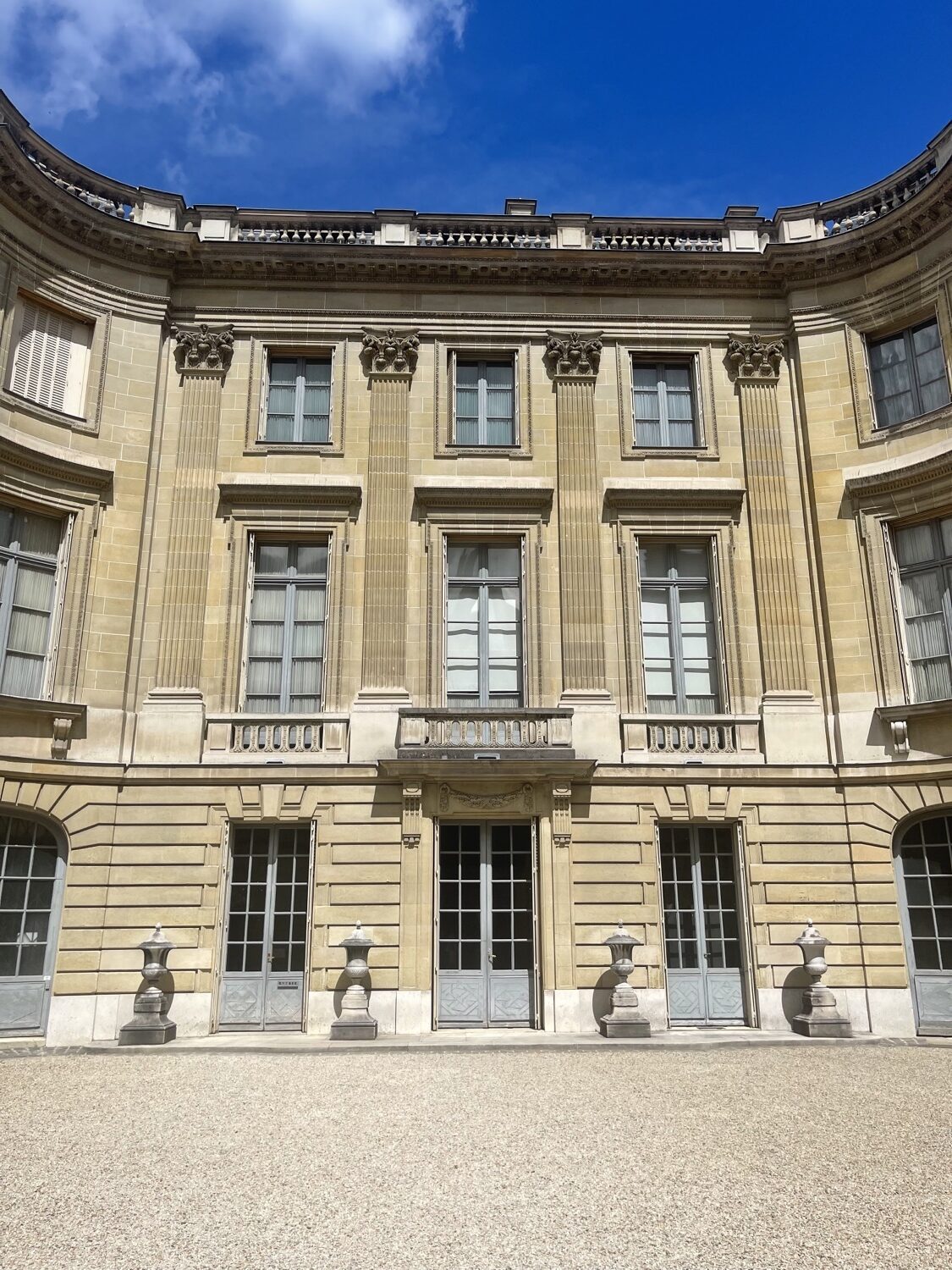
The house-museum was created in a mansion built back in 1911 by order of a Parisian banker who received the title of count – Moses de Camondo. The Camondo dynasty is of a Jewish origin. In the 15th century, the family fled Spain and settled in Istanbul. Having opened a bank and engaged in charity work, the family very soon gained importance in Jewish circles, because its members actively helped their compatriots to learn French and Turkish in order to quickly adapt to the conditions of life in the Ottoman Empire.
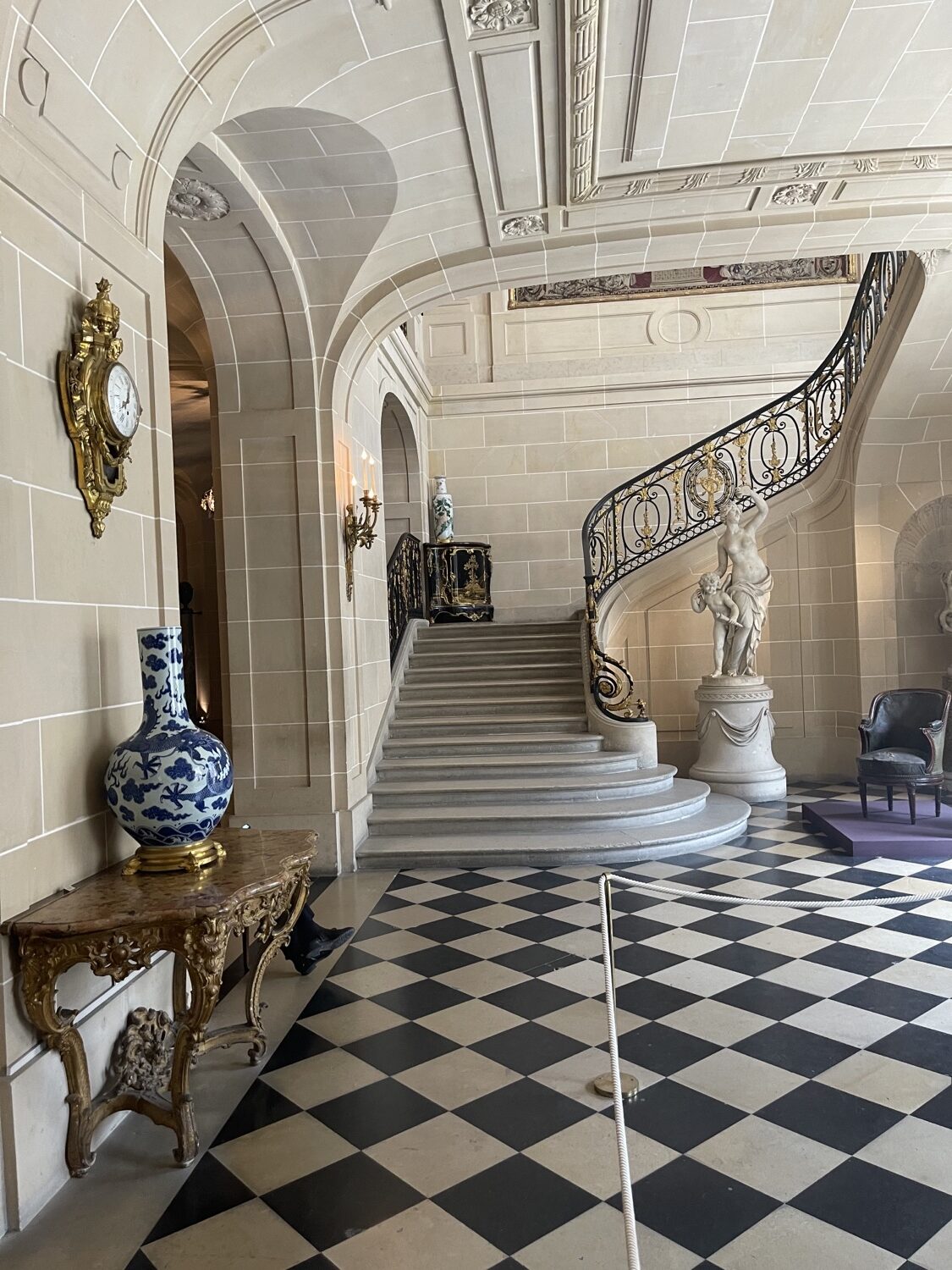
In 1869, family Camondo moved to Paris, where they acquired a plot of land near the Manso Park and built a mansion on it. One of the members of the Kamondo family, Moses, was known in the society as a passionate lover and great connoisseur of French decorative art of the 18th century. In this regard, he actively collected furniture and objects of that era. Having already purchased a fairly significant collection, the count decided to renovate his mansion. He asked for help to the architect Rene Sergent, who became famous for his work on the design and reconstruction of mansions not only in Paris, but also in London.
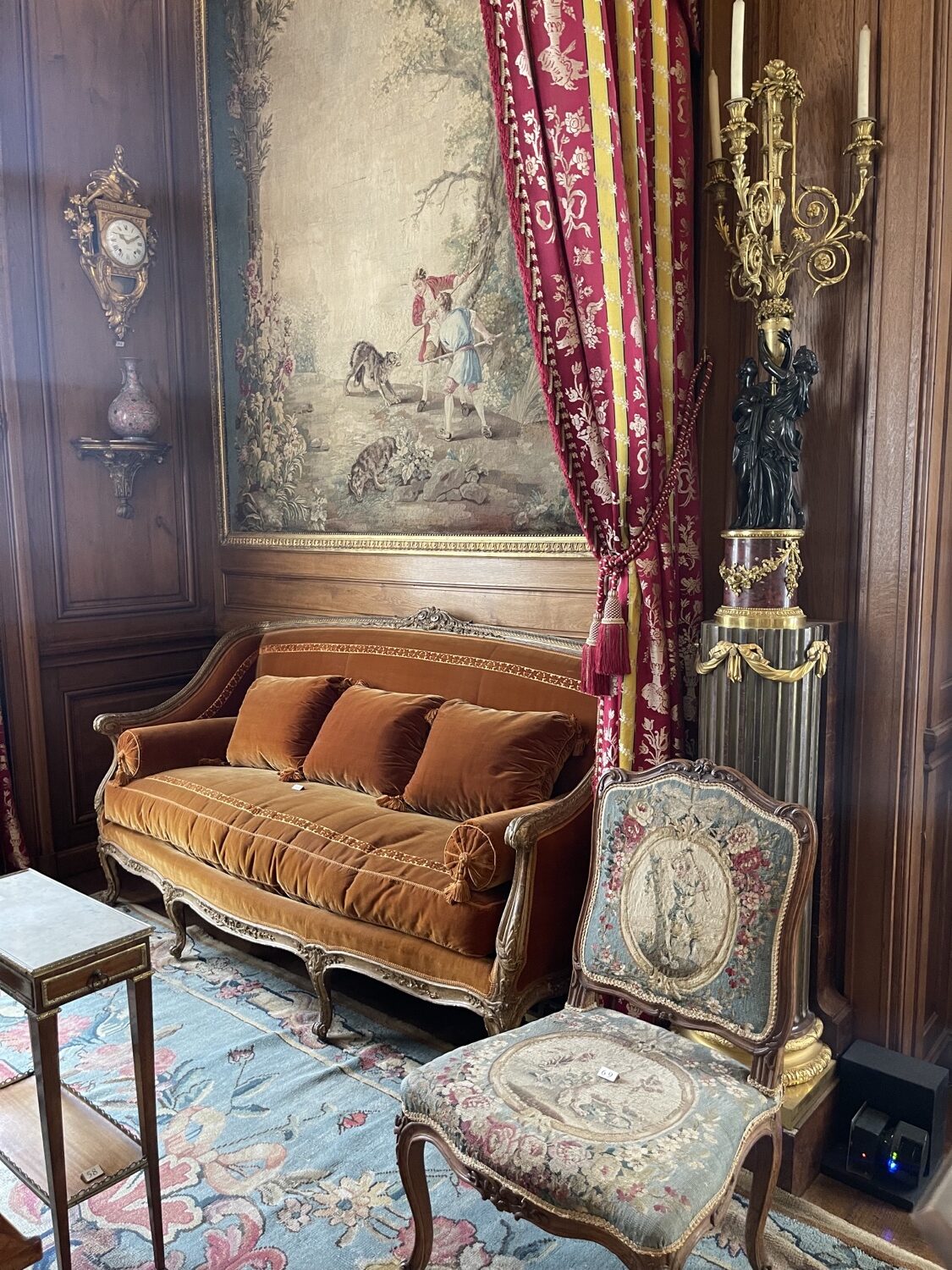
Being inspired by the Versailles Petit Trianon, Sergeant practically transferred its design to the Camondo mansion. The facade of the building consists of three floors, each of which has a specific purpose. The lowest floor serves as a kitchen, the second – rooms for receiving guests, and the last – the private apartments of the owners. At present, the mansion has retained the same appearance as in the 20th century.
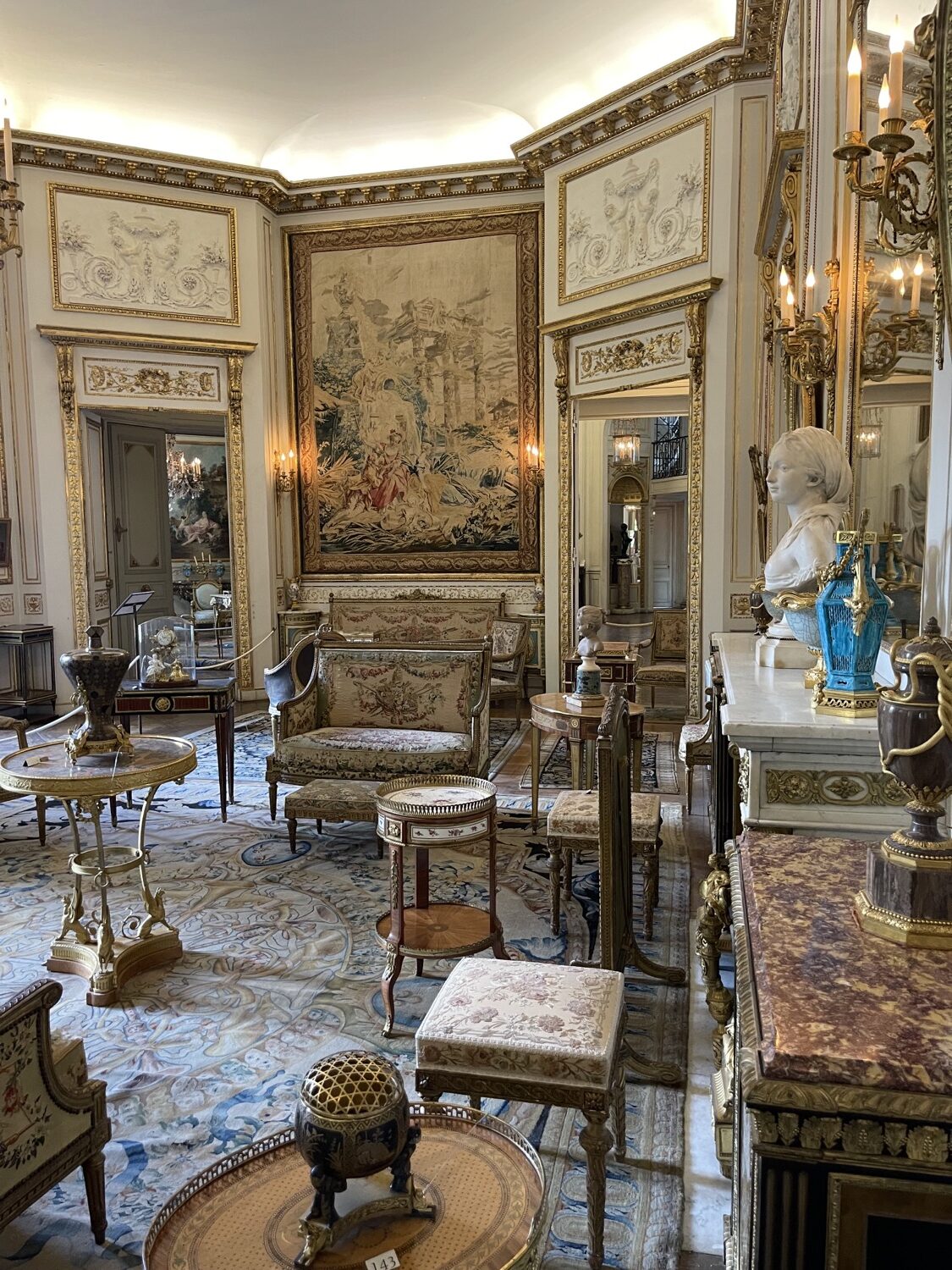
Inside you will see huge sumptuous halls, a marble staircase crowned with balustrades, unique vases from Japan, galleries of paintings by prominent artists. Pay special attention to antique French furniture of the 17th-18th centuries: such masters of furniture art as Georges Jacot, Jean Henri Riesener, Jean-Francois Eben worked on the creation of magnificent armchairs, tables, chairs and cabinets. The carpets on the floor were created by Savoneri in 1678.
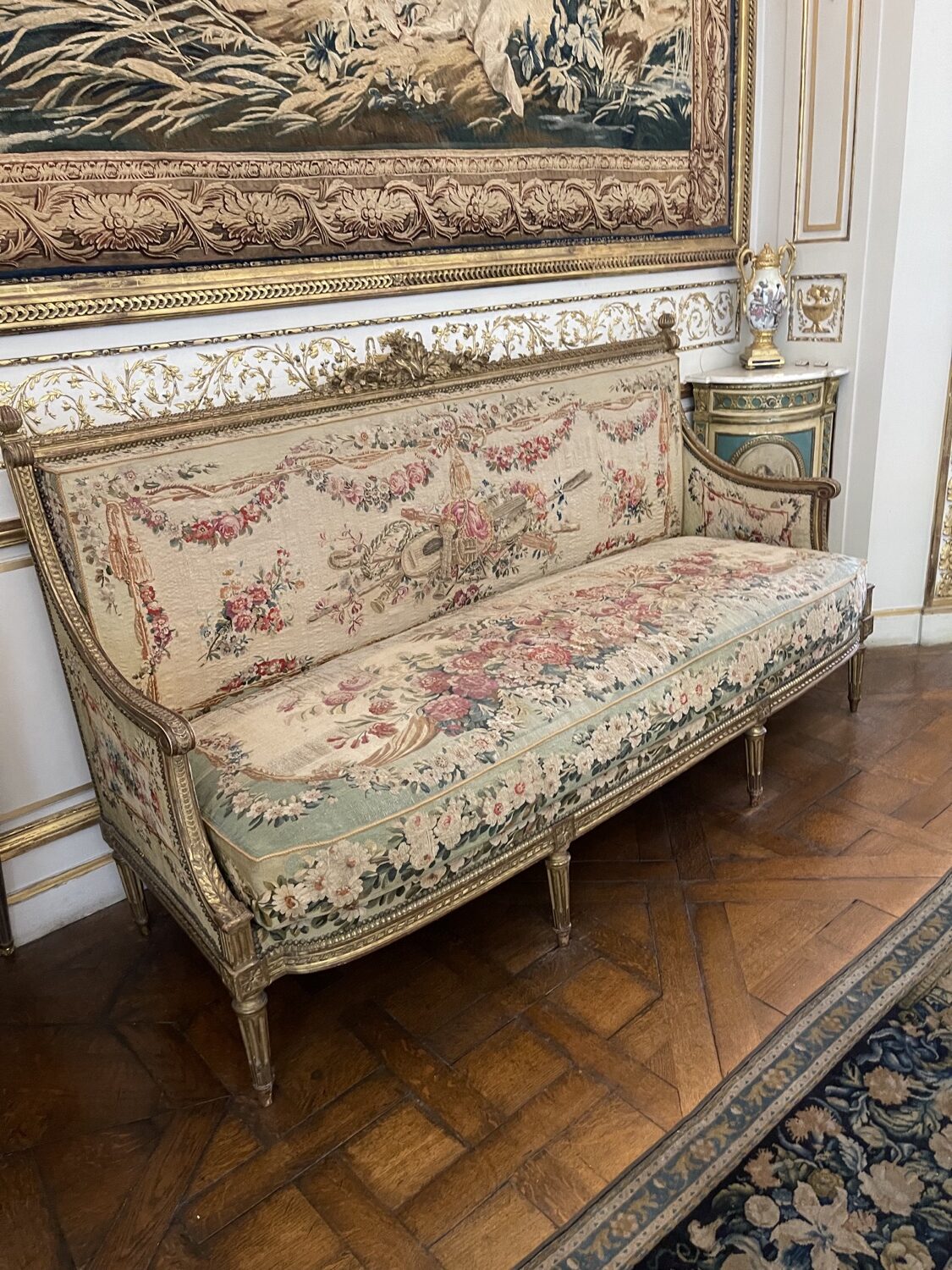
Amazing figurines and sculptures, specially selected for the interiors of the rooms, antique tapestries on the walls by Aubusson and Beauvais, luxurious furniture drapery, crystal candelabra and bas-reliefs are a clear indication of the refined and selective taste of the collector.
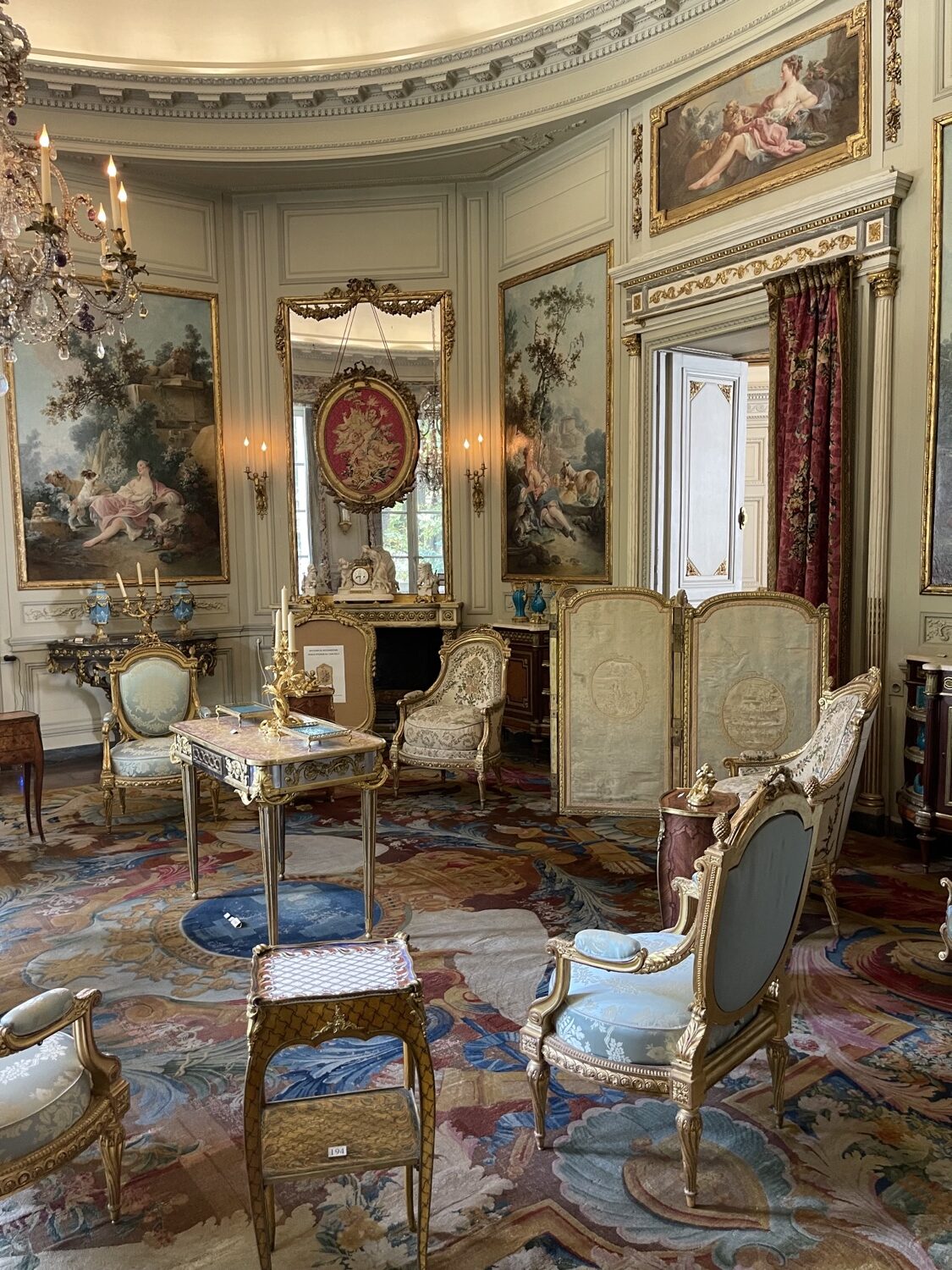
One of the great thing of this museum is that furniture and decor were left exactly on the same place as it was initially which makes you feel the presence of that epoch and you can plunge into the atmosphere of that time.
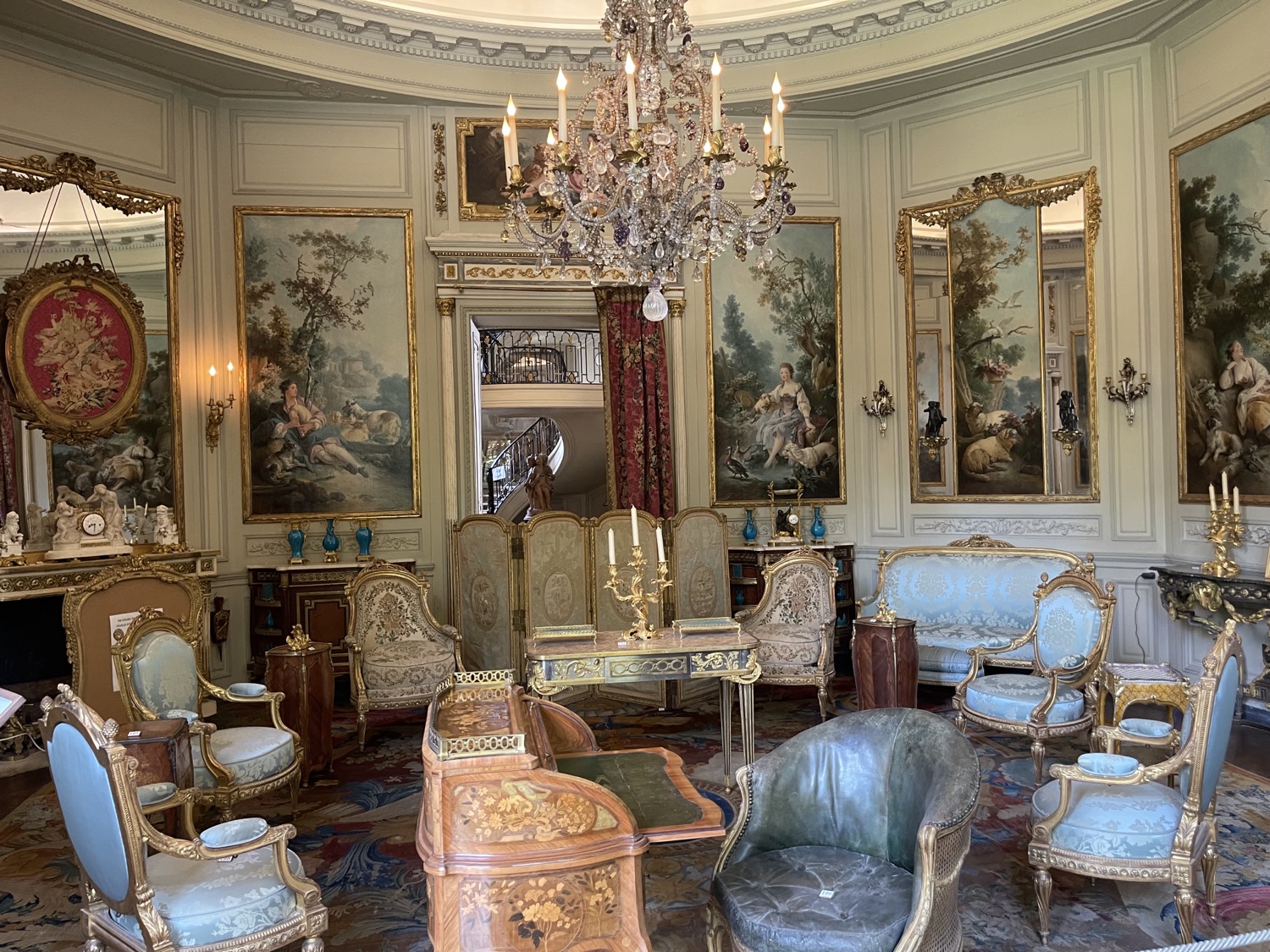

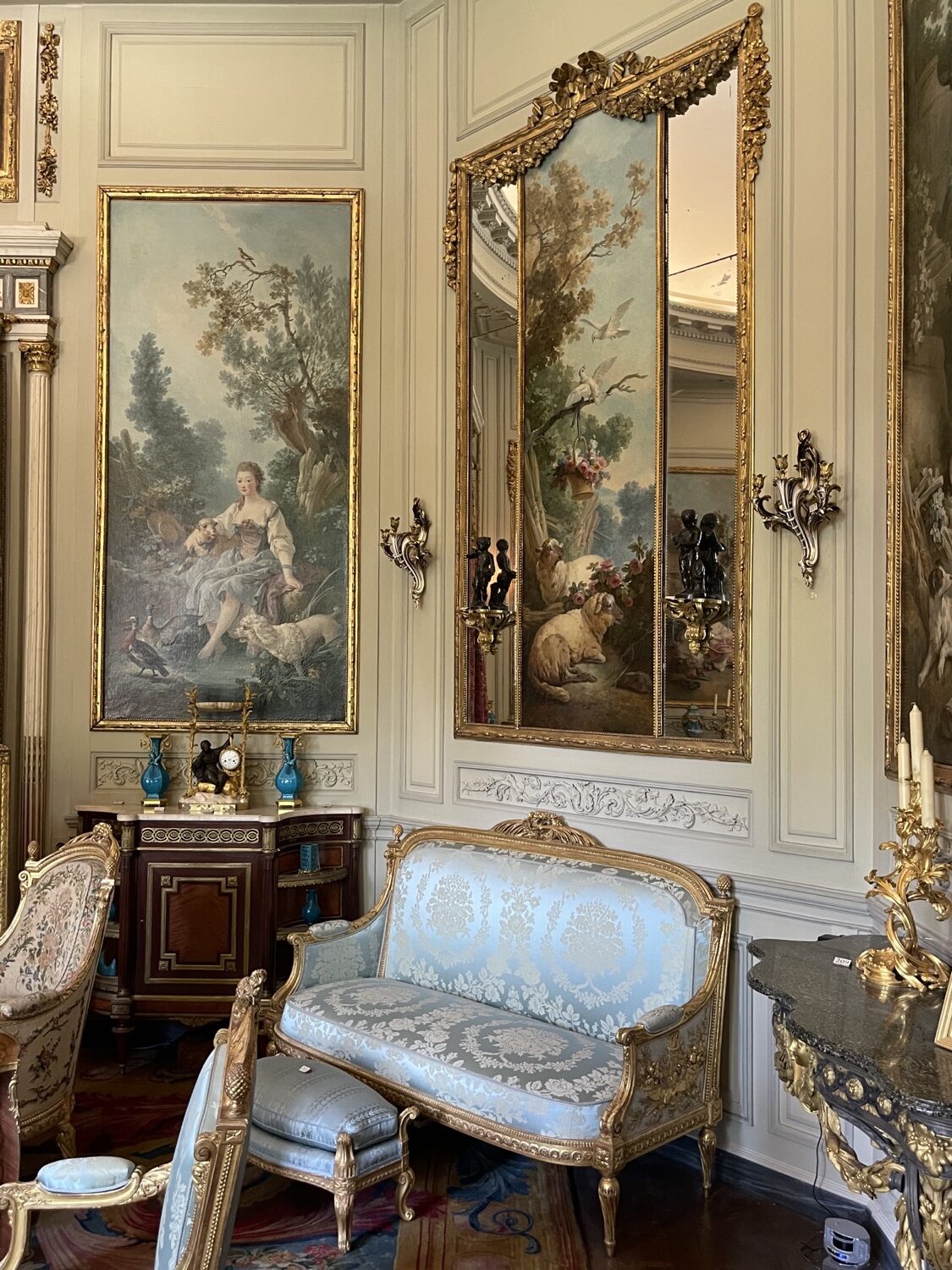
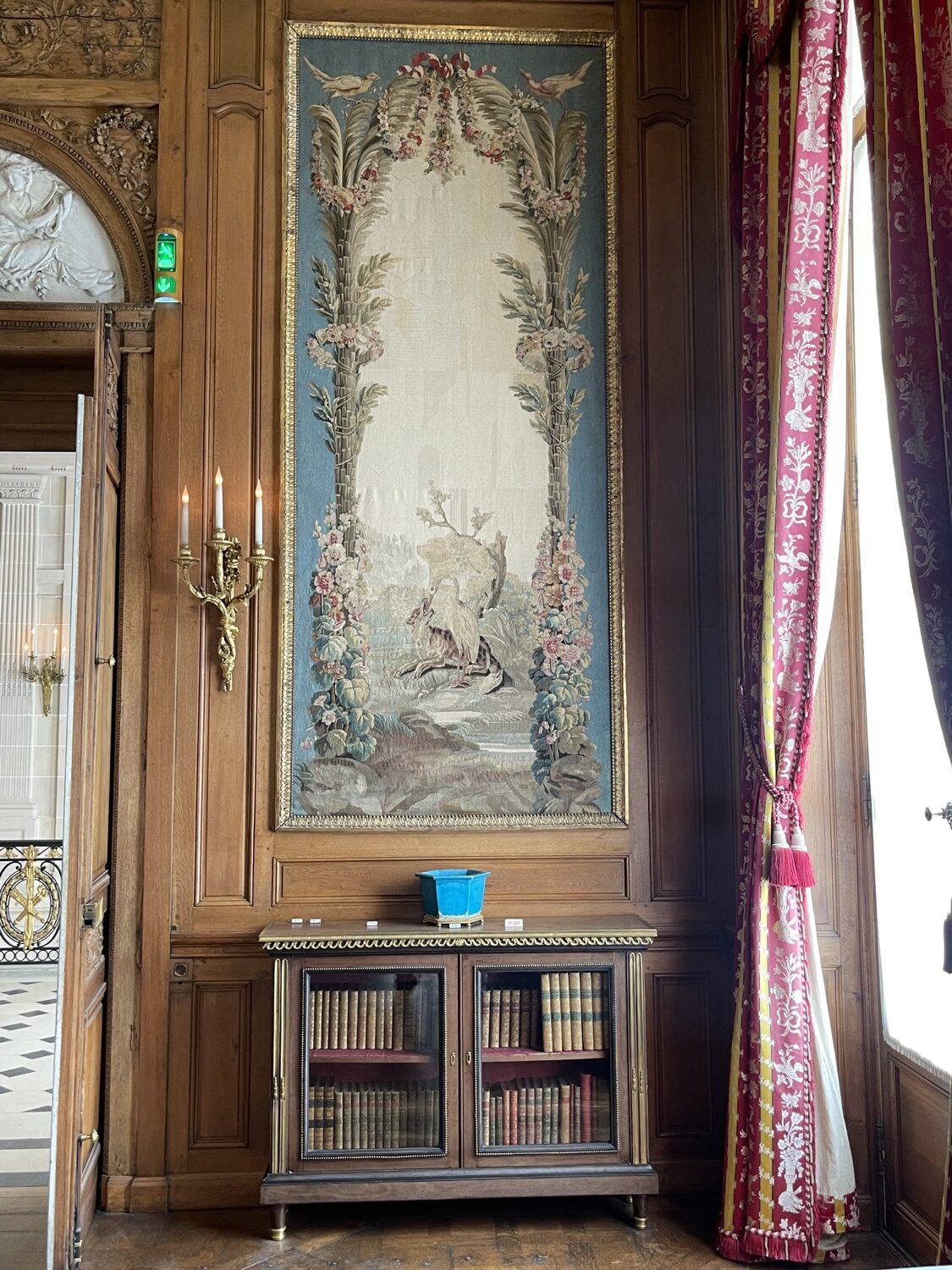
The great hall of the mansion and the staircase has some elements of Art Nouveau style:
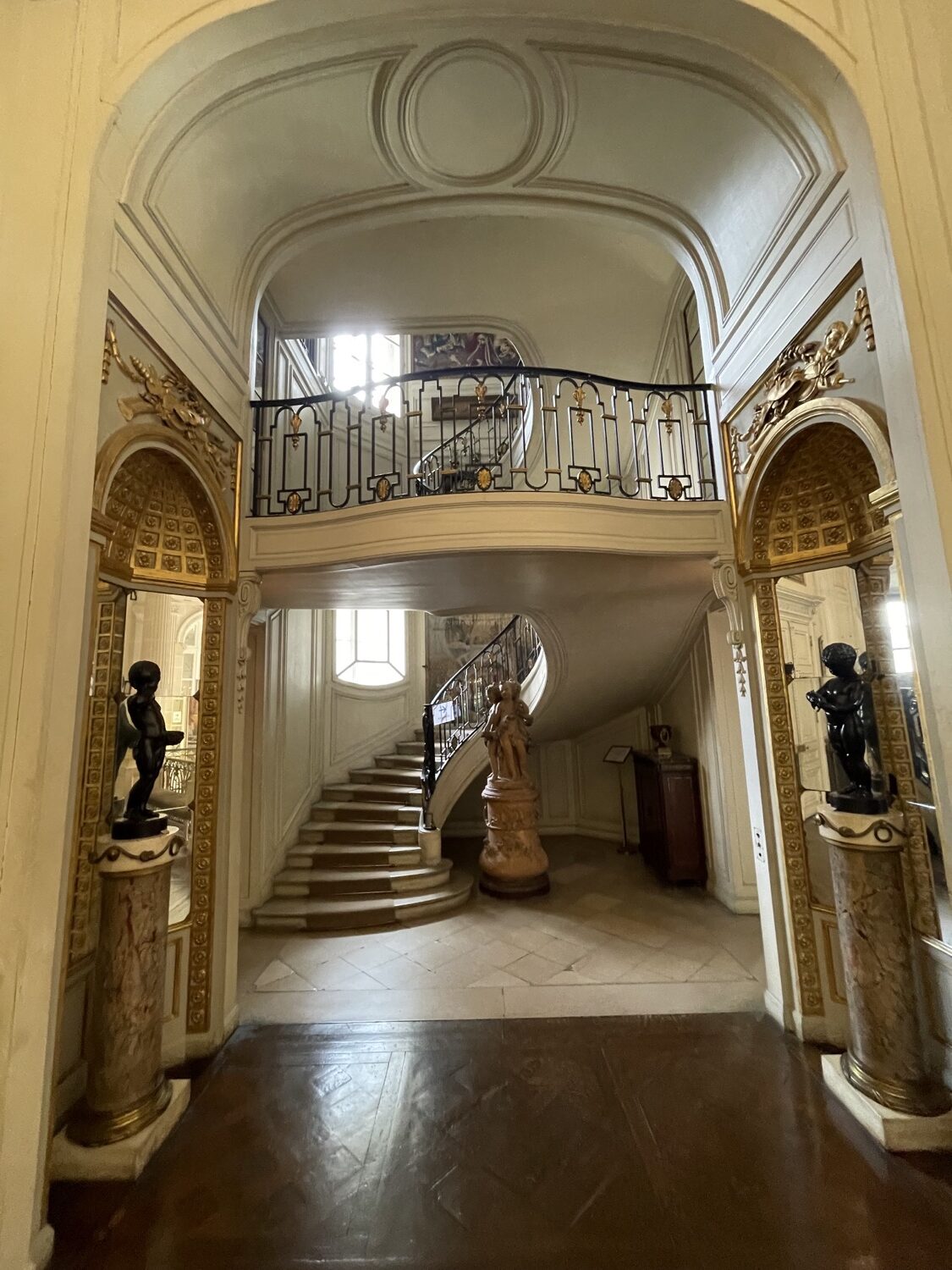
The tableware is of particular interest: the collection includes a Buffon porcelain service with the image of birds, produced at the Sèvres manufactory in the 18th century, and an Orlov silver dinner service, which Catherine II commissioned from Jacques-Nicolas Roettier in 1770.
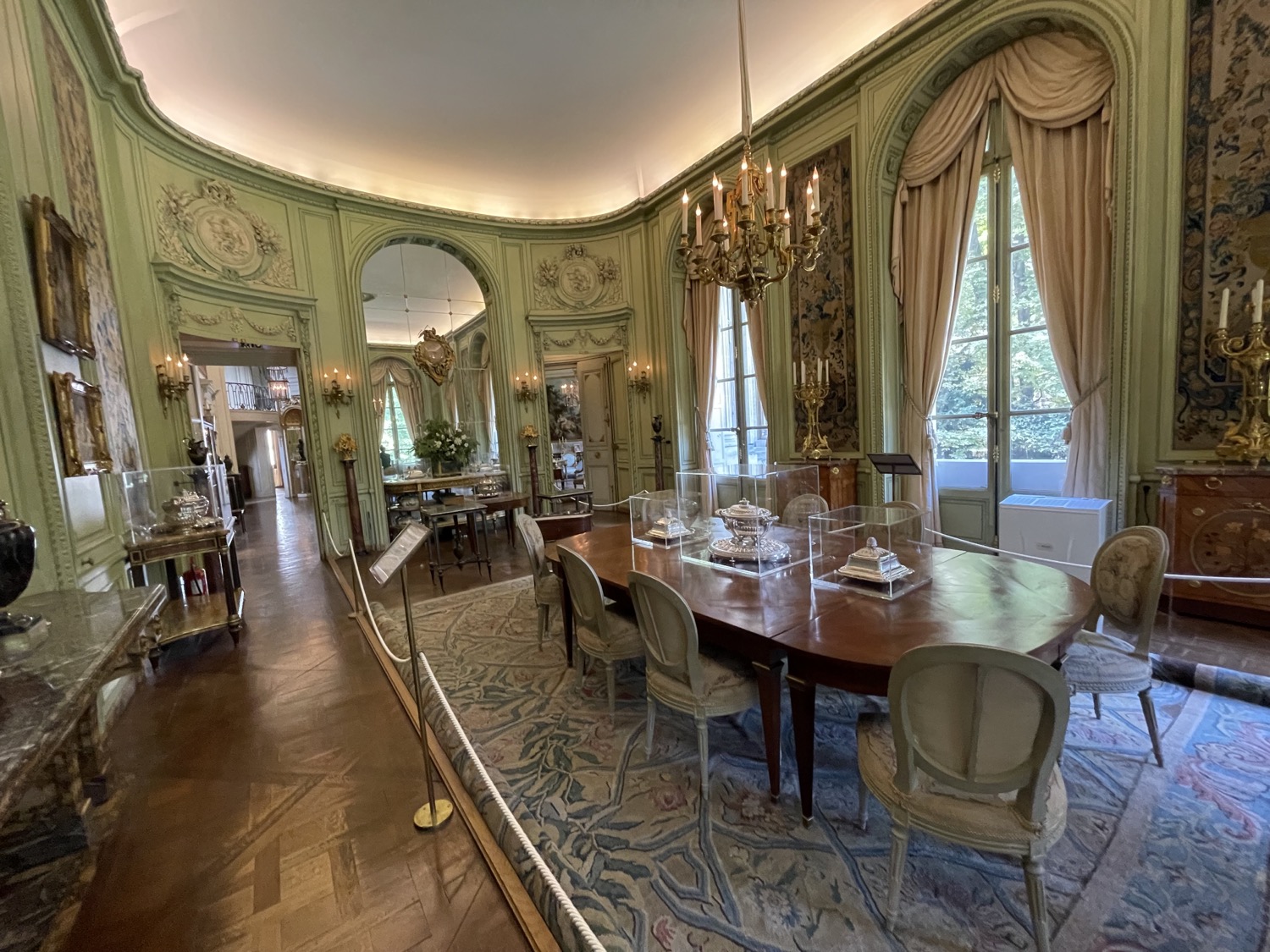
The boudoir upstairs is decorated in a more relaxed style than sumptuous front rooms of the ground floor.
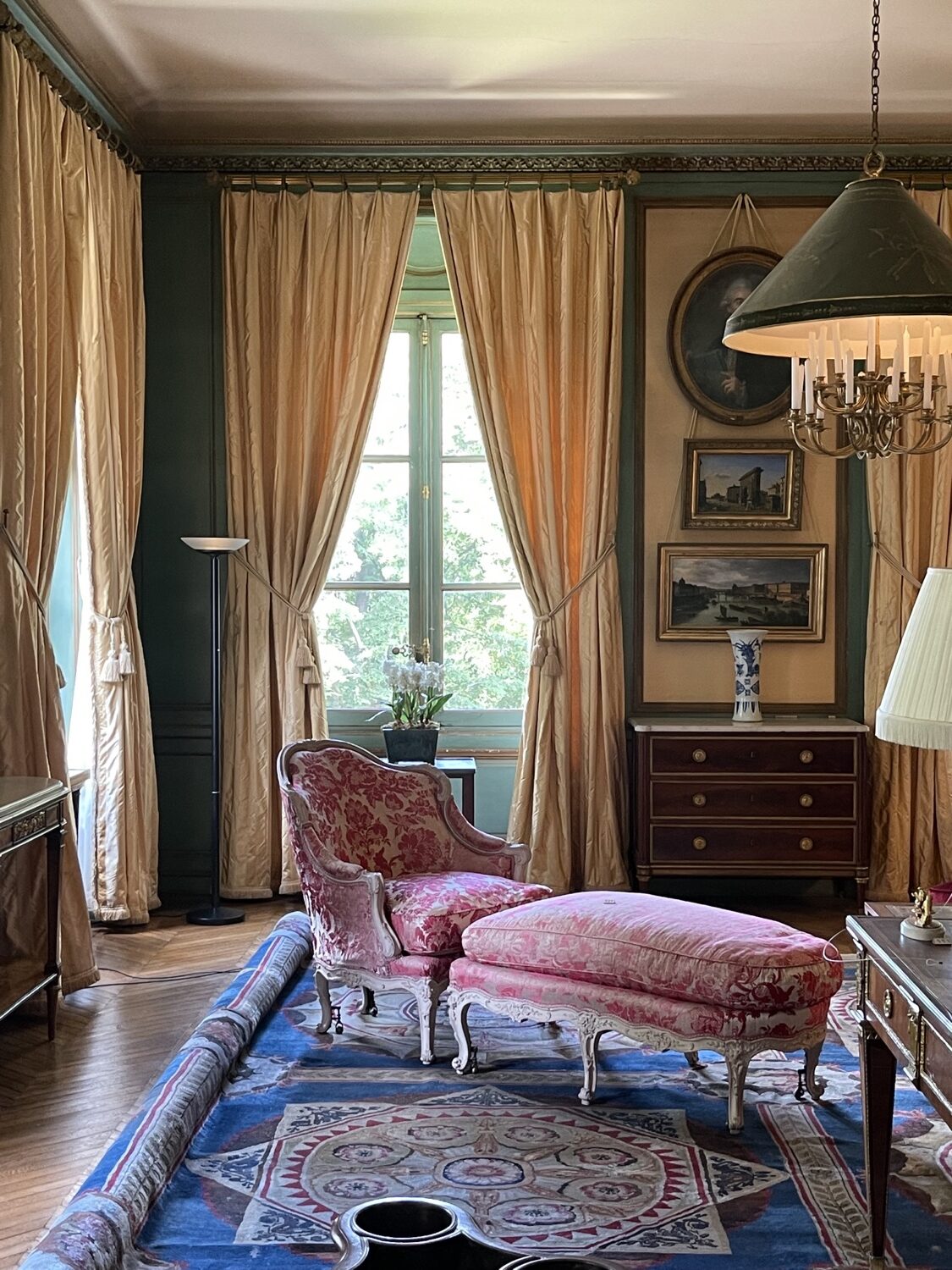
The interior of the library is very typical of that era: carved wooden wall panels, red upholstered furniture and large cozy carpets.
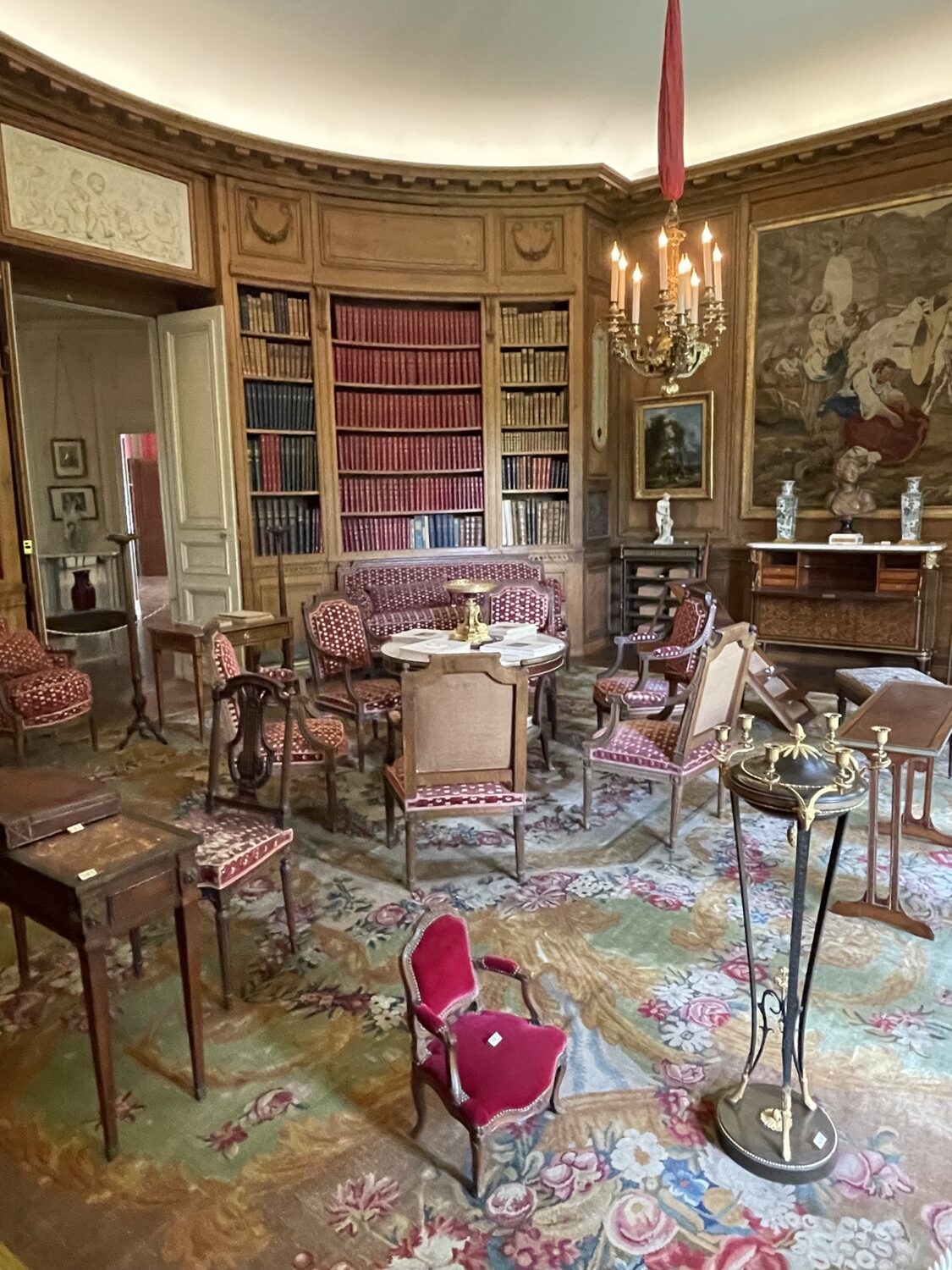
Other private rooms upstairs also look very cozy and tranquil:
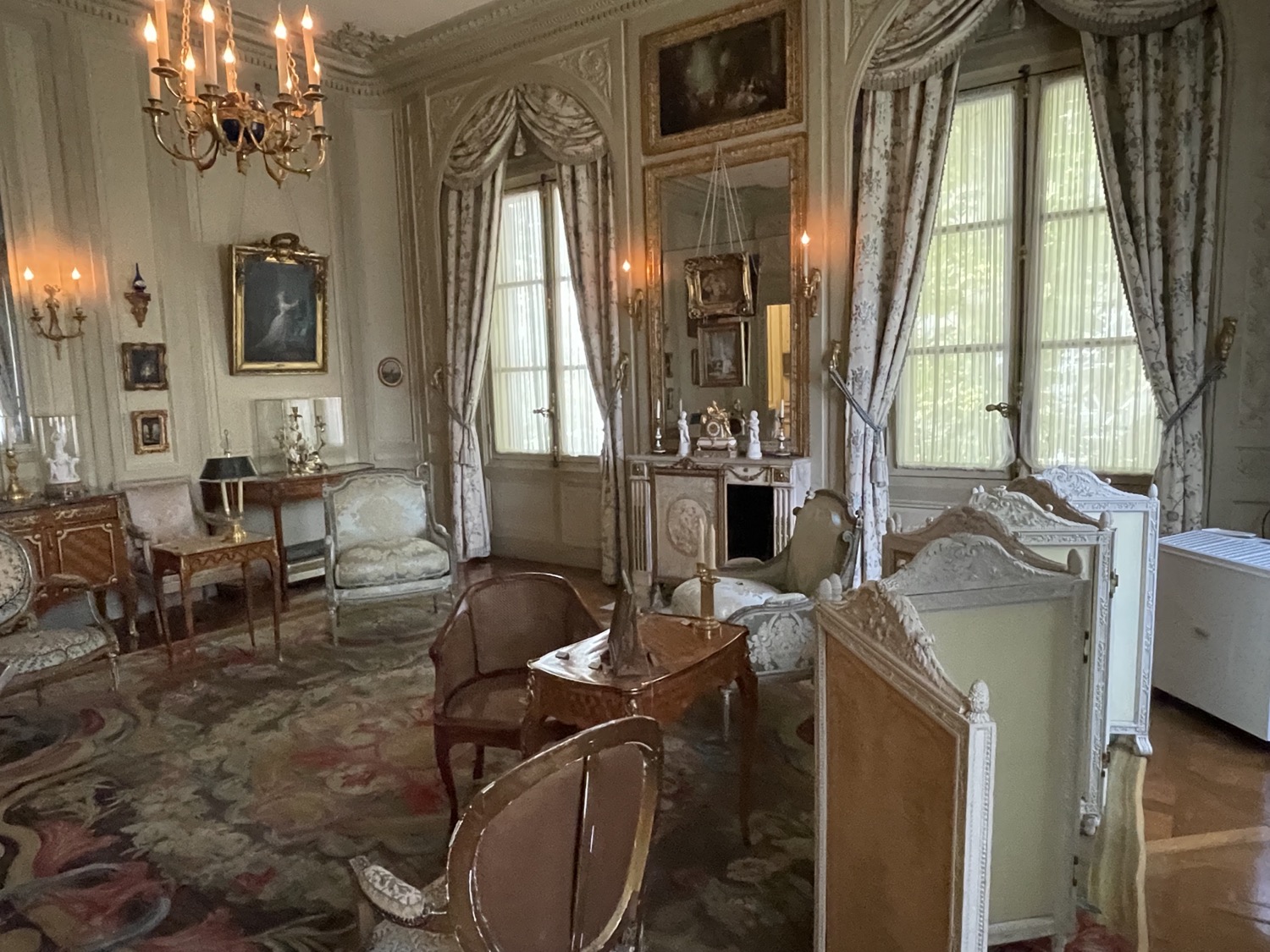
Particularly interesting to see are private interiors that are often closed to the public – bathrooms, kitchen, service rooms.
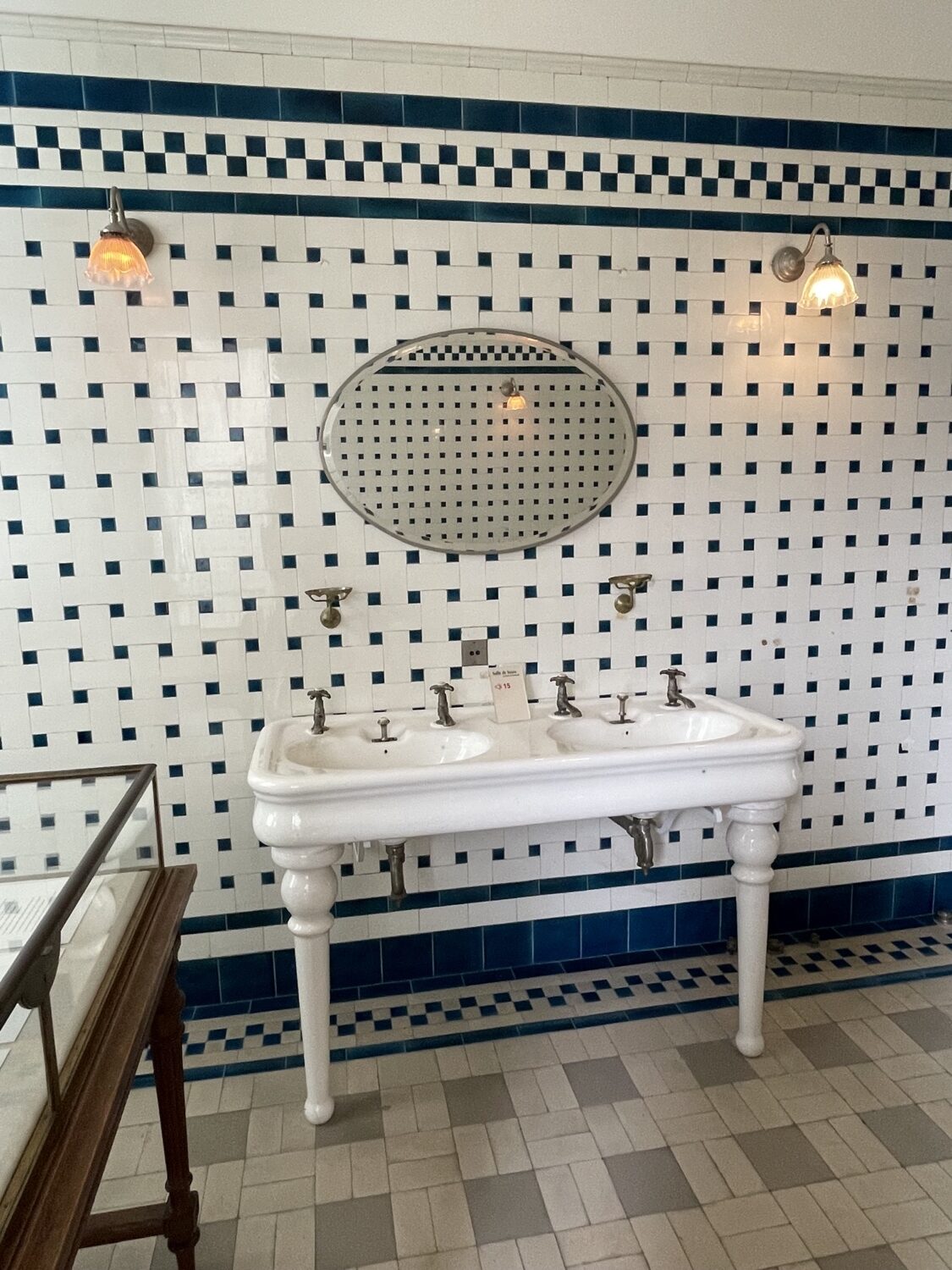
Bathrooms were equipped with the latest technology of that time and look up to date even now.
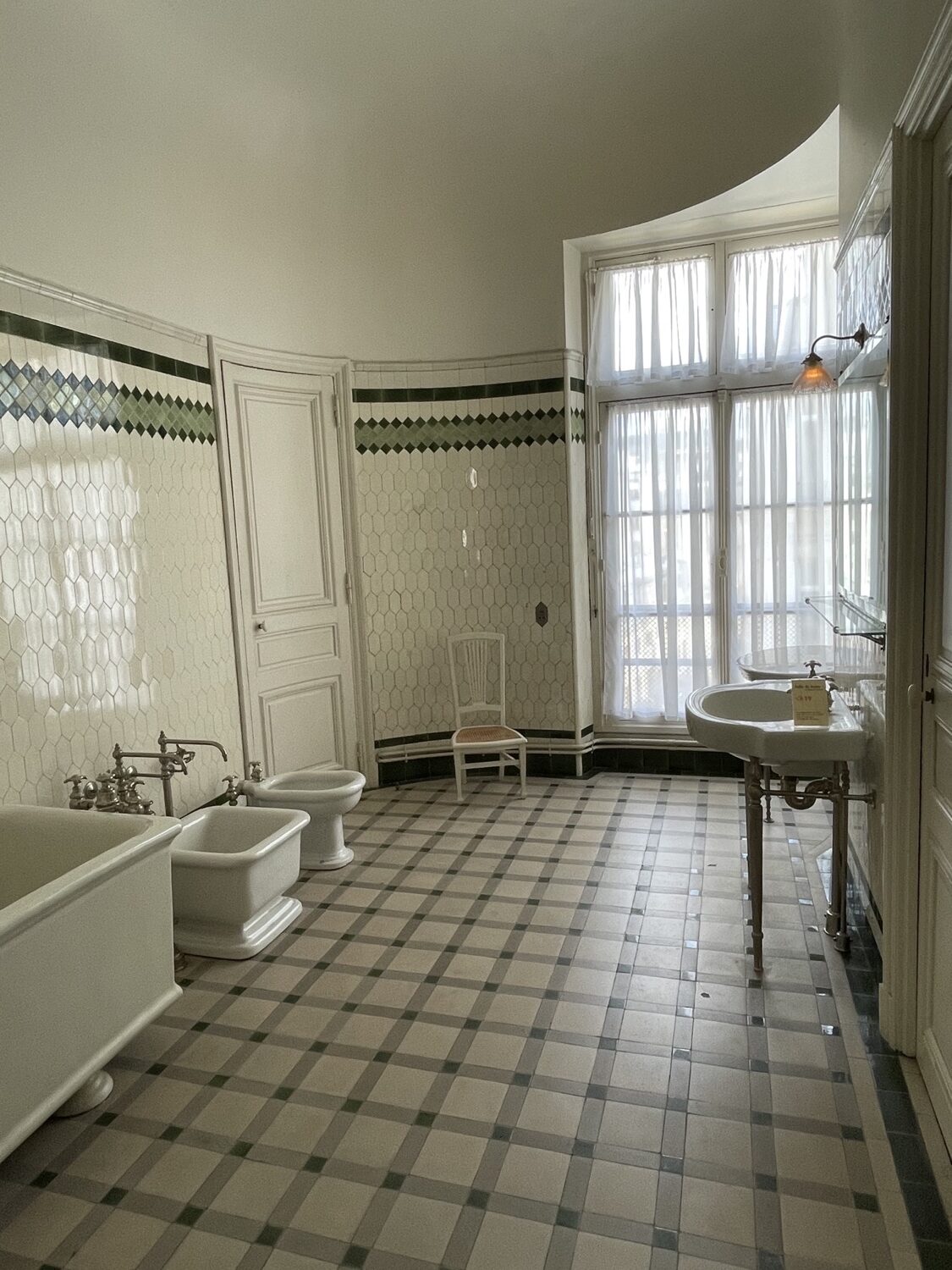

Apart from neo-classic you can see the clear influence of Napoleon Empire style such as gilded ornaments, including golden leaves and vases.
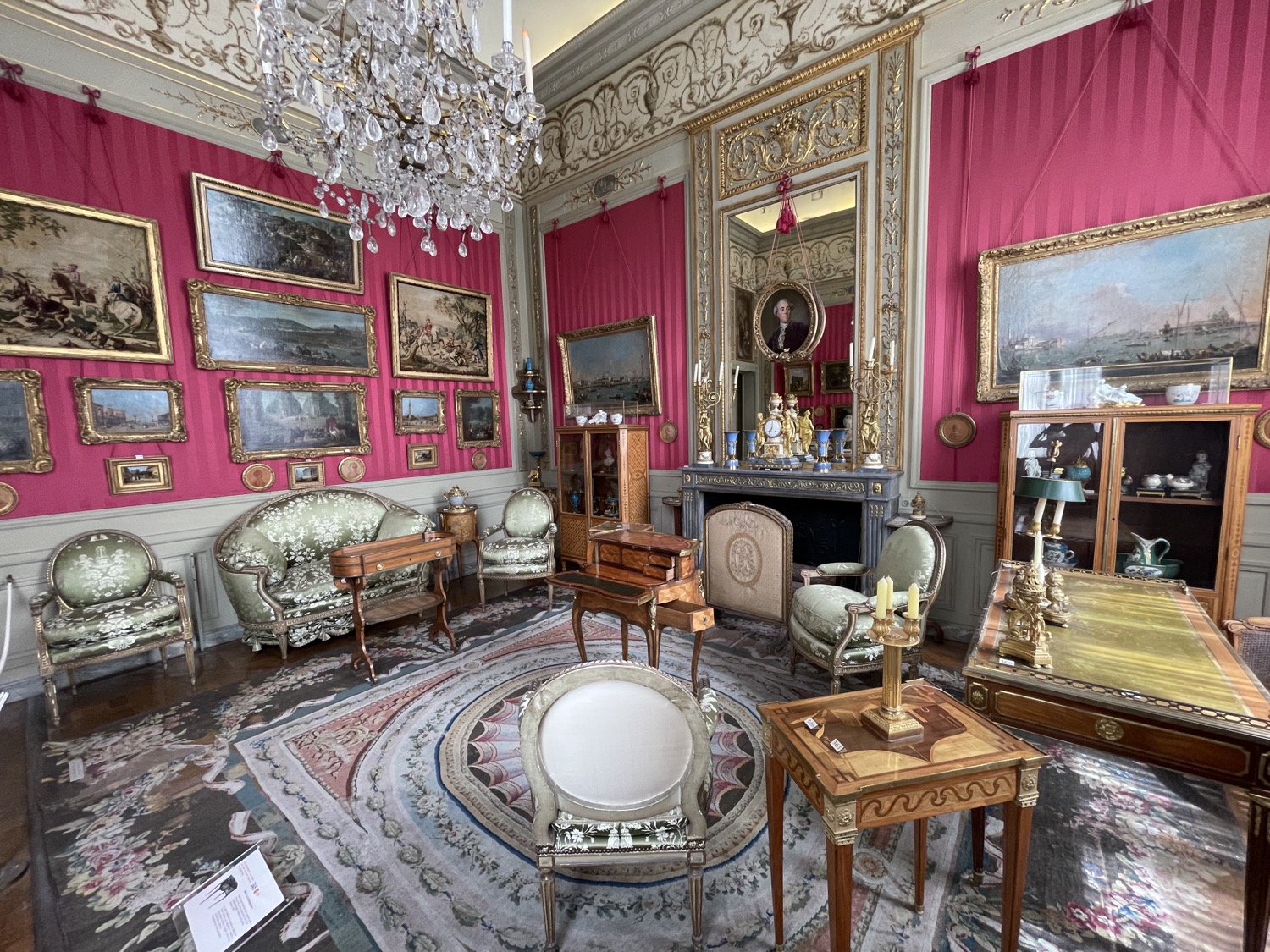
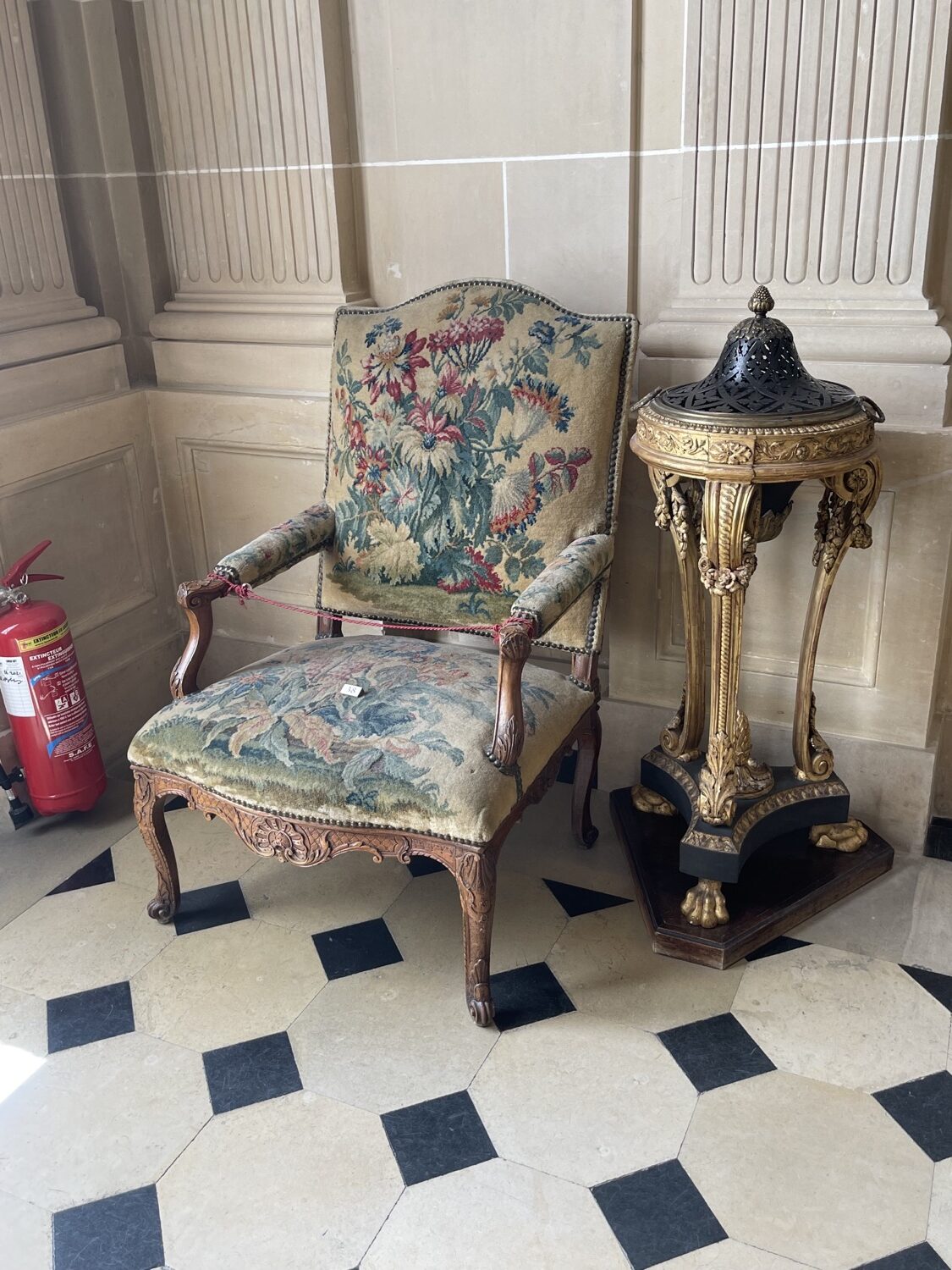
After the death of his son Nissim in the war, Moses decided to donate the collected collection to the French people. His daughter Beatrice fulfilled her father’s will after his death, and on December 21, 1936, the Nissima de Camondo House Museum opened.
